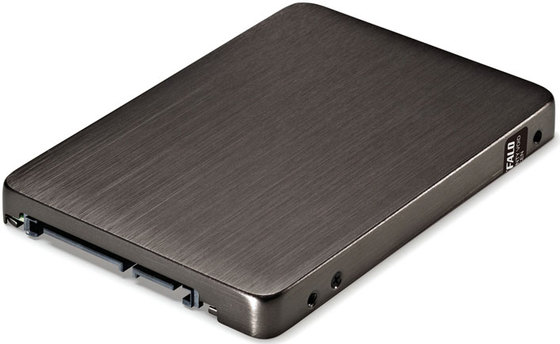Increasing SSD Capacity With the Help of Sound
Researchers at Oregon State University may have found a way to delay the storage industry's trend to introduce heat assisted recording technology.

Instead of using heat to support an increase in storage density, the researchers said they can target ultrasound waves at a "highly specific region" and hold a tiny region of a material to be bent or stretched. The advantage of sound is that its impact can be more easily contained while heat tends to spread beyond a target area.
"We’re near the peak of what we can do with the technology we now use for magnetic storage," said Pallavi Dhagat, an associate professor in the OSU School of Electrical Engineering and Computer Science. "There’s always a need for approaches that could store even more information in a smaller space, cost less and use less power." Dhagat said that sound waves could improve storage density in SSD devices.
"This technology should allow us to marry the benefits of solid state electronics with magnetic recording, and create non-volatile memory systems that store more data in less space, using less power," said Albrecht Jander, also an associate professor of electrical engineering working on the research.
There was no information on a working system using this technology, but hopefully it won't be long.
Contact Us for News Tips, Corrections and Feedback
Get Tom's Hardware's best news and in-depth reviews, straight to your inbox.

Wolfgang Gruener is an experienced professional in digital strategy and content, specializing in web strategy, content architecture, user experience, and applying AI in content operations within the insurtech industry. His previous roles include Director, Digital Strategy and Content Experience at American Eagle, Managing Editor at TG Daily, and contributing to publications like Tom's Guide and Tom's Hardware.
-
therealduckofdeath CaptainTomSound... What?Reply
Here's a close-up of this new, experimental technology:
-
Chairman Ray I think the range of ultrasound that it produces is kinda important. I fear that this may be a dog's worst enemy...Reply -
blazorthon therealduckofdeathThat link disappeared(?).... Craptastic comment system...Reply
Sometimes, youhave to edit links back in. The link "Read the comments on the forums" between the article and the comments section lets you edit your posts. You can give it a try from there. -
PreferLinux I don't see how sound is any more localised than heat to be honest. If anything, less so.Reply -
photonboy This is possibly the STUPIDEST IDEA EVER!Reply
SSD's work by having millions of little "buckets" to hold electrons and the copper wires are a delivery system.
How would a SOUND version of this work?
There's really no way to have a main source that focuses sound at the scale they imply. It's also an added cost.
Maybe I'm dead wrong, but I know how Hard Drives and SSD's work and can't even remotely picture how this would work.